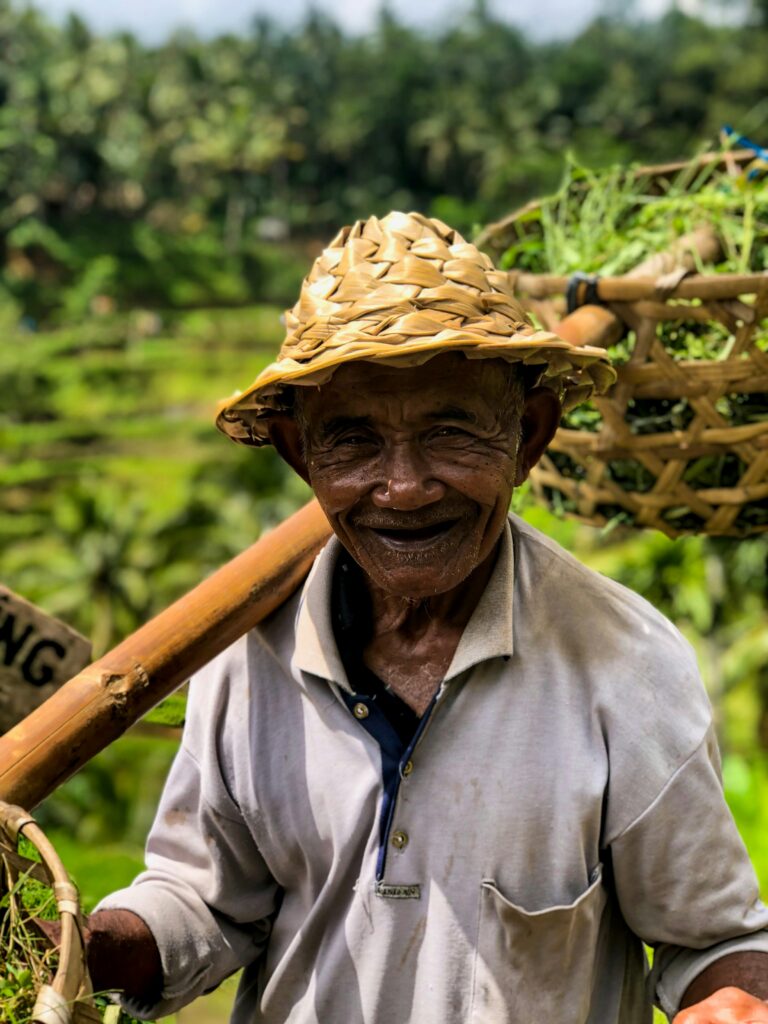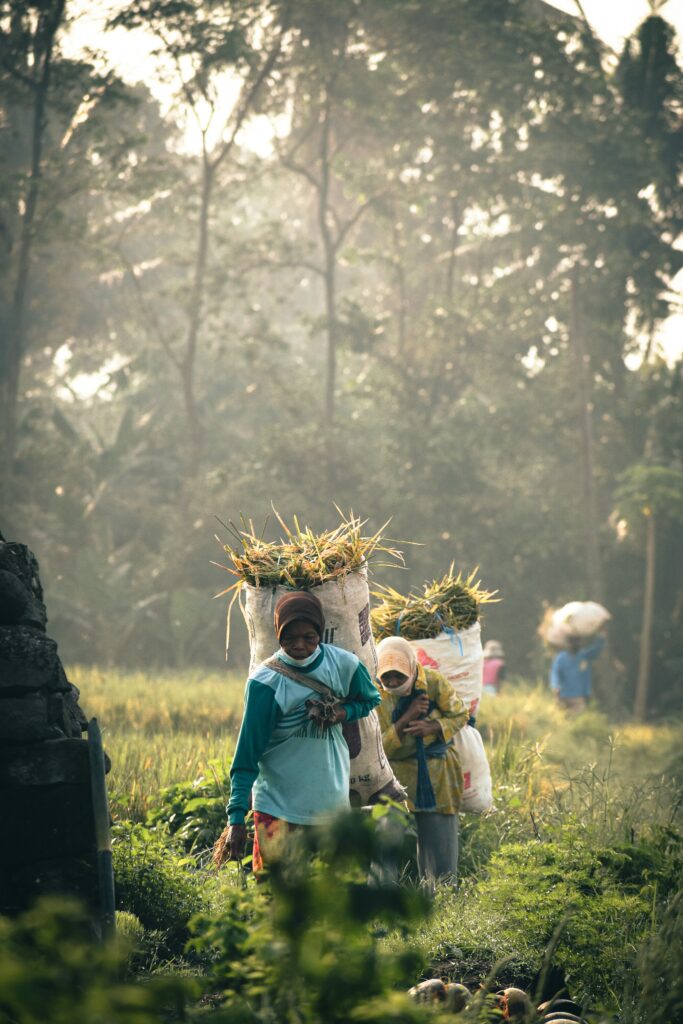
Launched in 2015, the Pradhan Mantri Krishi Sinchayee Yojana (PMKSY) is a comprehensive program designed to enhance irrigation coverage and promote efficient water use in agriculture. With the motto “Har Khet Ko Pani” (Water for Every Field), PMKSY integrates various components to ensure that every farm has access to adequate irrigation, thereby increasing agricultural productivity and ensuring food security.
Objectives of PMKSY
The primary objectives of PMKSY are:
- Expand Irrigation Coverage: Ensure that more agricultural land is brought under assured irrigation.
- Improve Water Use Efficiency: Promote precision irrigation and other water-saving technologies to maximize the utility of available water resources.
- Integrate Water Source Creation and Distribution: Develop a holistic approach by integrating water source creation, distribution, and efficient use.
- Promote Convergence: Encourage the convergence of investments in irrigation at the field level.

Key Components
PMKSY comprises several components, each targeting specific aspects of irrigation development:
- Accelerated Irrigation Benefit Programme (AIBP): Focuses on completing ongoing major and medium irrigation projects to expedite the provision of irrigation benefits.
- Har Khet Ko Pani (HKKP): Aims to enhance access to irrigation by developing new water sources, repairing and renovating existing ones, and promoting efficient water distribution.
- Per Drop More Crop (PDMC): Encourages micro-irrigation technologies like drip and sprinkler systems to improve water use efficiency at the farm level.
- Watershed Development: Targets rainfed areas by promoting soil and water conservation, water harvesting, and afforestation to enhance water availability.
Financial Outlay and Allocations (2025-26)
For the fiscal year 2025-26, the Government of India has allocated a total of ₹8,260 crore to PMKSY, distributed among its components as follows:
- AIBP: ₹2,500 crore
- Command Area Development and Water Management (CADWM): ₹600 crore
- Har Khet Ko Pani: ₹800 crore
- Per Drop More Crop: ₹4,360 crore
These allocations reflect the government’s commitment to enhancing irrigation infrastructure and promoting efficient water use in agriculture.
(Source: indiabudget.gov.in)
Recent Developments and Performance
- Modernization of Command Area Development and Water Management (M-CADWM): In April 2025, the Union Cabinet approved the modernization of CADWM as a sub-scheme under PMKSY with an initial outlay of ₹1,600 crore. This initiative aims to improve irrigation water supply infrastructure, ensuring efficient water delivery from existing canals or sources to the farm gate, particularly for land holdings up to one hectare.
(pib.gov.in) - Watershed Development Projects: The government sanctioned 56 new watershed development projects totaling ₹700 crore under PMKSY-WDC 2.0. These projects, covering 280,000 hectares across ten states, are designed to improve agricultural output, strengthen climate resilience, and enhance soil management.
(drishticuet.com)
Implementation and Impact
Since its inception, PMKSY has made significant strides in enhancing irrigation coverage and promoting efficient water use:
- Micro-Irrigation Expansion: The Per Drop More Crop component has facilitated the adoption of micro-irrigation systems across various states, leading to increased water use efficiency and crop productivity.
- Infrastructure Development: The completion of major and medium irrigation projects under AIBP has brought substantial areas under assured irrigation, benefiting numerous farmers.
- Watershed Management: Watershed development activities have improved water availability in rainfed areas, contributing to enhanced agricultural productivity and livelihoods.
Challenges and the Way Forward
Despite the progress, PMKSY faces certain challenges:
- Inter-State Coordination: Effective implementation requires coordination among various states, which can be challenging due to differing priorities and capacities.
- Maintenance of Infrastructure: Ensuring the sustainability of irrigation infrastructure necessitates regular maintenance and community involvement.
- Awareness and Training: Promoting awareness about efficient water use and providing training to farmers on micro-irrigation technologies are essential for maximizing benefits.
To address these challenges, the government is focusing on:
- Capacity Building: Conducting training programs for farmers and stakeholders to promote efficient water use practices.
- Technology Integration: Leveraging technology for monitoring and evaluation to ensure effective implementation and timely interventions.
- Community Participation: Encouraging community involvement in the planning and maintenance of irrigation infrastructure to ensure sustainability.
Conclusion
The Pradhan Mantri Krishi Sinchayee Yojana stands as a pivotal initiative in India’s pursuit of sustainable agriculture. By enhancing irrigation coverage and promoting efficient water use, PMKSY not only boosts agricultural productivity but also contributes to the overall well-being of farmers. Continued focus on implementation, capacity building, and community engagement will be key to realizing the full potential of this transformative scheme.
For more detailed information and updates, visit the official PMKSY website:
👉 pmksy.gov.in

